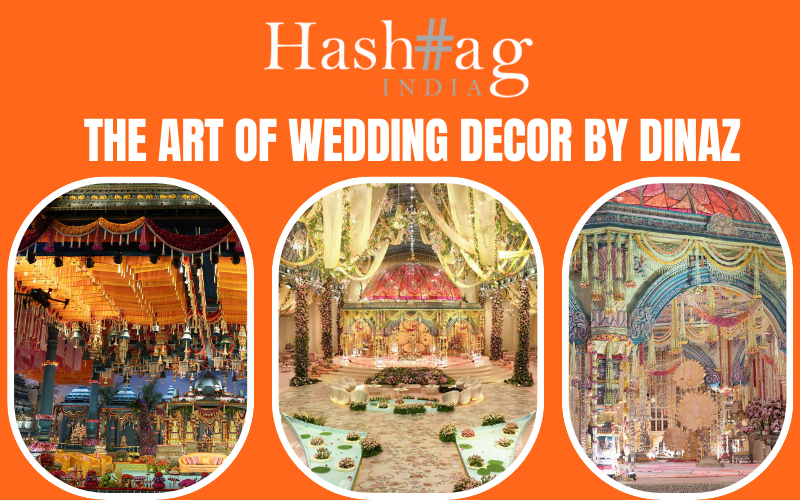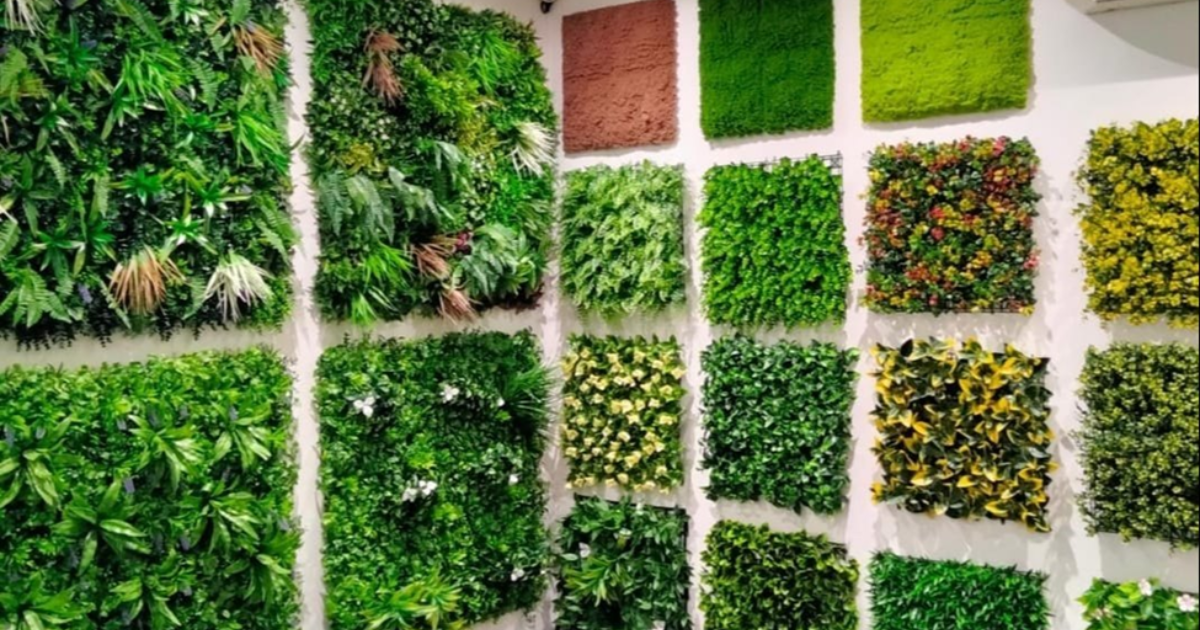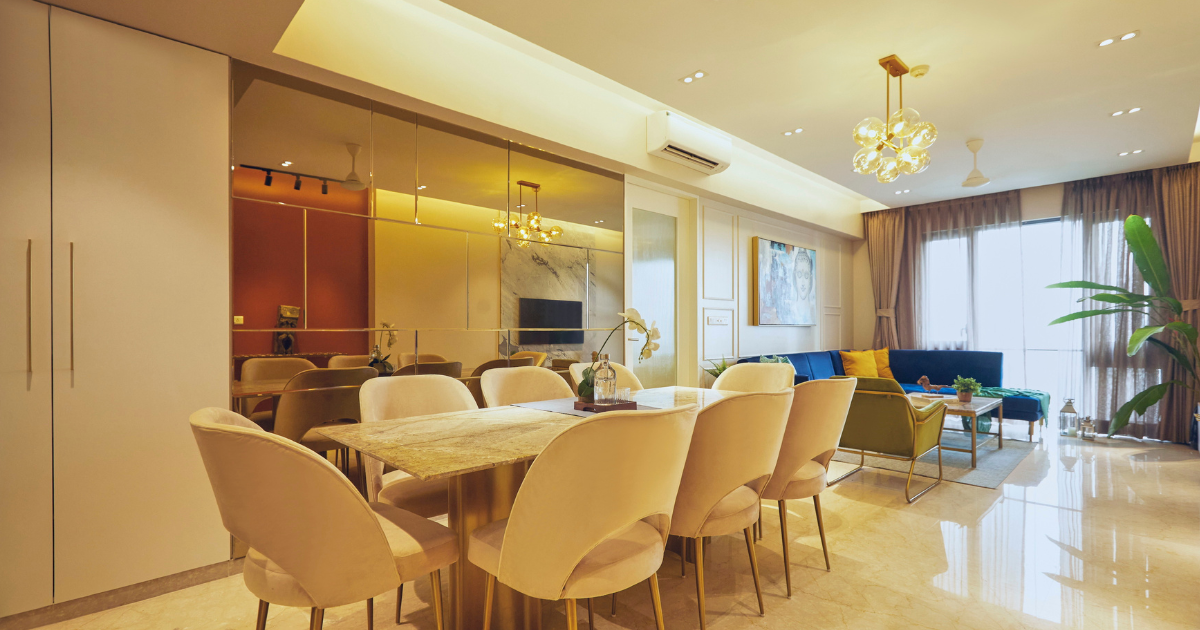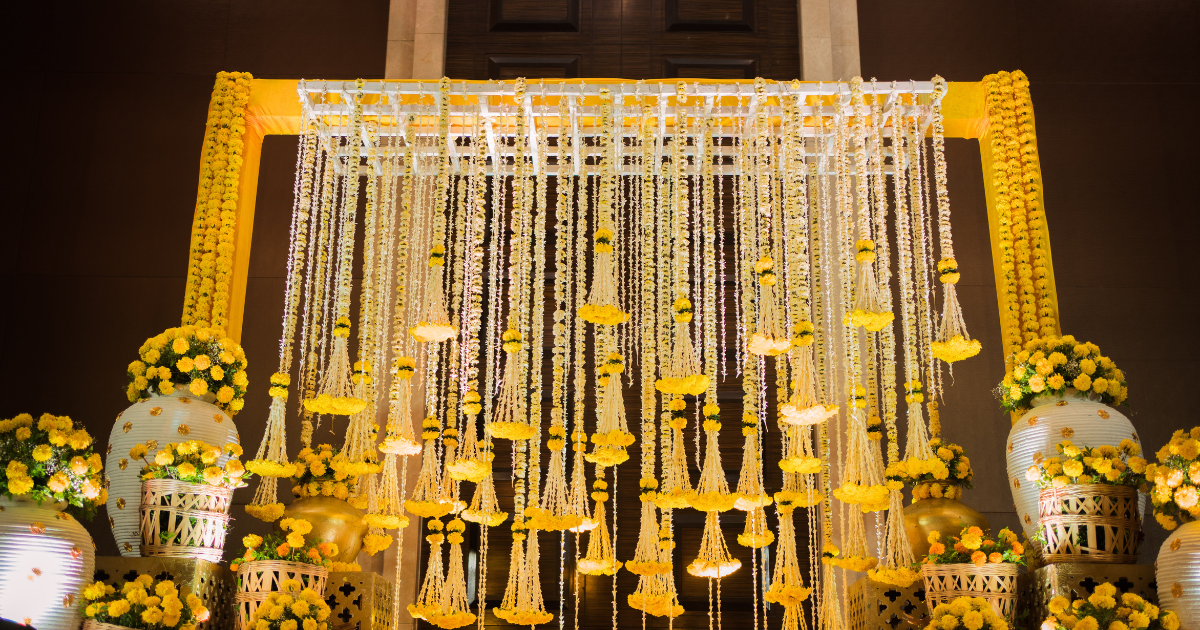In an age of hyperconnectivity and urban chaos, Indian homeowners are increasingly turning inward — quite literally — to create organic, nature-inspired interiors that soothe the senses and connect with tradition. Whether it’s the rustic charm of mud-plastered walls, the calming presence of indoor plants, or the earthy textures of jute and cane, the shift towards organic design in India is both aesthetic and deeply rooted in cultural heritage. This movement isn’t just about trends — it’s about sustainability, well-being, and reconnecting with indigenous materials.
What Are Organic Interiors?
Organic interior design is about incorporating natural elements, textures, colours, and materials into your living space. It emphasises sustainability, biophilic design, and the use of locally-sourced, eco-friendly materials.
In India, this translates beautifully through the use of:
- Terracotta, bamboo, cane, and khadi
- Neutral and earthy colour palettes
- Traditional crafts like Madhubani or Warli art
- Eco-conscious layouts with open ventilation and natural light
Why Organic Design Makes Sense in the Indian Context
India’s rich heritage in vernacular architecture and handcrafted decor makes it a fertile ground for the organic trend. From the thatched roofs of Kerala to mud homes of Gujarat, Indian living has long embraced natural design, long before it became a global trend.
- Climate Responsive: Natural materials like clay, lime, and jute are breathable, making them ideal for India’s diverse climate.
- Locally Available: Cane, bamboo, terracotta, and neem wood are widely sourced and affordable.
- Culturally Rich: Organic design blends easily with traditional Indian elements like rangoli, brass utensils, and block prints.

Top Organic Interior Trends in India and How to Incorporate Them
1. Earthy Colour Palettes
Use shades like terracotta, olive green, sand, ochre, and clay to evoke a grounded, warm feel.
Tip: Use lime-washed walls or clay-based paints for an authentic and toxin-free finish.
2. Sustainable Furniture
Choose reclaimed wood, bamboo, rattan, or handcrafted cane furniture.
Tip: Brands like Baro Design (Mumbai) and Phool Patti (Lucknow) offer handcrafted, eco-conscious furniture made by Indian artisans.
3. Indoor Plants as Living Décor
Biophilic design is central to organic interiors. Plants improve air quality and aesthetics.
Tip: Try low-maintenance plants like snake plant, money plant, or areca palm. Place them in terracotta pots or brass planters for a traditional touch.
4. Handmade and Textured Fabrics
Think organic cotton, khadi, handloom, block-printed fabrics from Rajasthan, Bengal, or Andhra Pradesh.
Tip: Use these textiles for cushion covers, throws, curtains, or even as wall art. Look for brands like GoCoop, FabIndia, Anokhi, or Tula India for authentic, sustainable fabrics.
5. Natural Flooring and Wall Finishes
Instead of polished vitrified tiles, consider kotah stone, terracotta tiles, red oxide floors, or even lime plaster walls.
Tip: For a modern-rustic balance, mix a polished concrete floor with cane furniture and khadi upholstery.
6. Artisanal Decor and Indian Crafts
Support local artisans by incorporating Dokra art, Madhubani paintings, bamboo lamps, and carved wooden mirrors.
Tip: Visit craft bazaars like Dilli Haat (Delhi) or shop via platforms like Jaypore, Itokri, and Okhai.
7. Fragrance and Ambience
Use natural incense, essential oil diffusers, neem oil lamps, or fresh mogra flowers to bring an earthy aroma.
Tip: Keep a small urli (brass bowl) with floating flowers and essential oils at the entrance or in your living room for a traditional sensory welcome.

The Bigger Picture: Wellness + Sustainability
Indian homes are not just spaces to live in — they are spaces to heal, reflect, and reconnect. Organic interiors promote:
- Reduced toxic exposure (chemical-free paints, natural fibers)
- Lower carbon footprints (sourcing local, sustainable materials)
- Mental well-being (soothing textures, nature inclusion, peaceful aesthetics)
Quick Tips for Creating Organic Interiors in India
| Area | Swap This | With This |
| Wall Paint | Acrylic or plastic paint | Clay/lime-wash or eco-paints |
| Flooring | Vitrified tiles | Terracotta, Kota, or red oxide |
| Decor | Plastic frames and synthetic rugs | Cane baskets, khadi dhurries |
| Lighting | LED tubes | Bamboo or woven rattan pendant lamps |
| Furniture | MDF/plywood | Solid reclaimed wood or bamboo |
Conclusion: Designing With Heart and Earth
Organic interiors in India are not a fleeting trend, they are a return to our roots. By embracing natural textures, earthy tones, and sustainable living, we’re not only crafting beautiful spaces but also nurturing our planet and honouring our craft heritage. Let your home breathe, grow, and ground you the organic way.

































